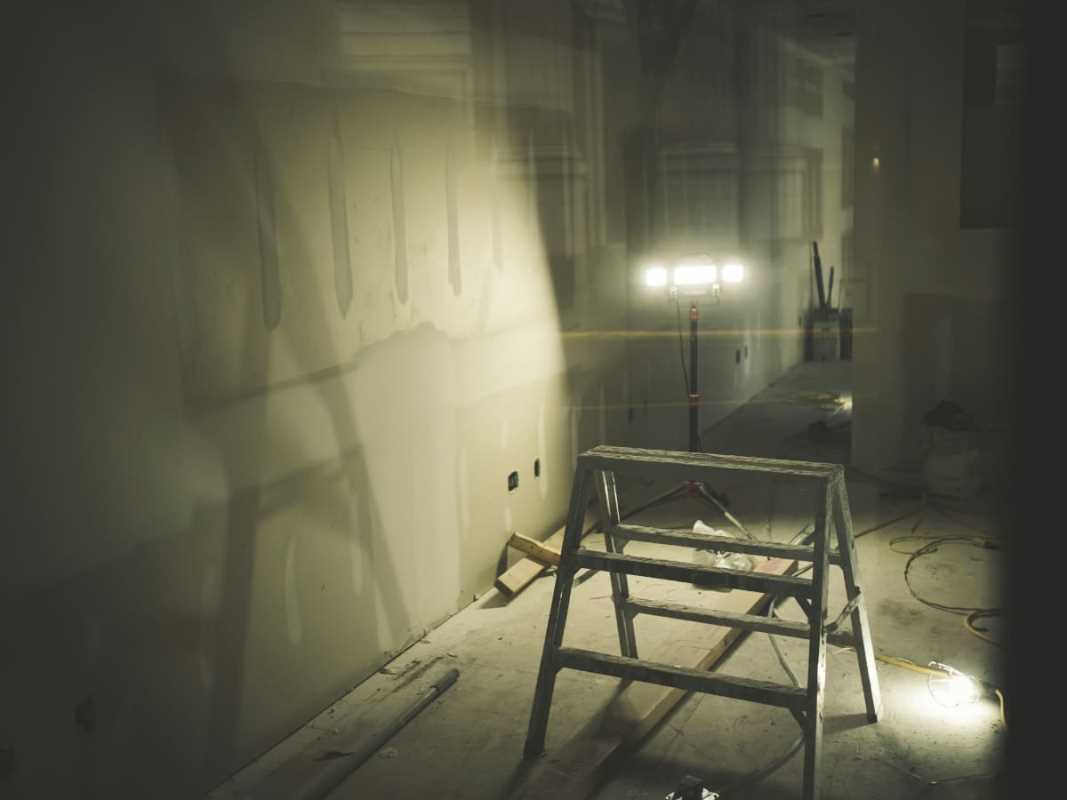Natural insulation materials can make a noticeable difference in your home's comfort and energy use. Choosing these eco-friendly options not only helps reduce heating and cooling costs but also creates a more pleasant indoor environment all year round. Many people find that natural insulation brings a subtle beauty and a sense of warmth into their living spaces, blending function with style. Simple changes, such as switching to materials like wool or cellulose, can improve air quality and support healthy living. This article provides clear guidance and practical steps to help you add natural insulation in a way that suits your home and daily habits, making every room feel more inviting.
Before diving into the how-to details, consider how natural insulation aligns with a love for the environment and practical design. This approach values sustainability and elegance, ensuring your improvements look good and contribute to energy savings. Learn more about Natural Insulation Materials and discover innovative ways to keep comfort and energy efficiency at the forefront of your home improvement project.
Details About Natural Insulation Materials
Natural insulation materials come in various forms. These options often feature renewable resources directly from nature. They suit those who want to create a space that is both eco-friendly and effective for temperature regulation. Understanding the different types available helps you choose what best fits your home’s needs.
Common natural insulation materials include:
- Sheep's wool – a renewable material that also helps regulate moisture.
- Cork – harvested from trees in a sustainably managed way and known for its sound-dampening qualities.
- Hemp – a fast-growing plant that produces strong and durable insulation boards.
- Cellulose – recycled paper treated with non-toxic fire retardants suitable for filling wall cavities.
Each of these materials provides distinctive benefits. They offer excellent thermal performance while reducing reliance on synthetic products, making them appealing choices for individuals who value both environmental and health considerations.
Advantages of Natural Insulation for Your Home
Choosing natural options can transform your living spaces by enhancing thermal comfort and promoting energy savings. Homeowners notice a positive difference not only in performance but also in how these materials contribute to a healthier indoor atmosphere. Natural insulation helps support environmental sustainability while being effective in everyday applications.
- Reduces energy consumption by decreasing dependence on heating and cooling systems.
- Enhances comfort levels through better temperature regulation and moisture control.
- Supports a healthier indoor environment since many natural options contain fewer chemicals.
- Minimizes environmental impact with sustainable resource sourcing and low emissions during production.
These benefits match a commitment to quality living, allowing you to make smart upgrades that serve both practical and aesthetic purposes.
Moreover, choosing natural products often means you support a circular economy where renewable resources form the foundation of construction and home improvement markets. This thoughtful choice can even increase your property’s value over time.
Step-by-Step Process for Adding Natural Insulation
Adding natural insulation into your home requires good planning and attention to detail. The process involves selecting the right material, preparing your space, and applying the material carefully. This step-by-step process simplifies these tasks, making the transition less intimidating.
- Evaluate Your Home’s Needs: Start with an assessment of how well your current insulation performs. Identify areas like walls, attics, and floors that need improvement. Measure the space and consider having a professional assessment if you’re unsure about your requirements.
- Choose the Right Material: After evaluating your needs, pick the insulation that fits best. Compare options like sheep's wool, cork, hemp, and cellulose based on factors such as moisture control, sound reduction, and local availability. Also consider cost and ease of installation.
- Prepare the Installation Area: Remove any old insulation or debris from the area where you plan to install the new material. Make sure the surfaces where the insulation will go are clean and dry. This step helps the new material perform effectively.
- Follow Manufacturer’s Instructions for Installation: Carefully follow detailed instructions for your chosen product. This might involve laying batts between studs, blowing in loose-fill cellular insulation, or fitting boards in designated cavities. Remember to wear protective gear when handling natural materials.
- Inspect and Seal: Finish by checking your work for any missed spots or gaps. Seal these areas to prevent drafts and maximize energy efficiency. A thorough finish ensures the material performs well over time.
Following these steps can make your project smooth and effective. Careful planning at each stage helps you avoid common pitfalls and gives you confidence during installation.
Design and Looks Considerations
When adding natural insulation materials, design matters. Look at your home’s overall style and decide which materials match your interior décor. Thoughtful design can blend function and beauty. For example, natural textures can complement rustic or modern interiors, adding warmth and character to your home.
Think about color, texture, and presentation when planning your insulation. Sometimes, you might leave parts of the natural material visible as a design feature. If you add a layer of exposed wood or stone finishes alongside cork panels, the unique pattern of the cork can become a focal point. Balancing performance with visual appeal means your space can impress both visitors and family alike.
Tips for Maintenance and Long-Term Use
Proper care helps extend the lifespan of your natural insulation. Handle each material with care by following a few simple guidelines. Regular inspection and light cleaning can keep your insulation working at its best. Learning how to care for your insulation can save you time and money while keeping your home comfortable through all seasons.
- Keep areas around the insulation clean and free from dust.
- Check periodically for moisture build-up that could affect performance.
- Follow the manufacturers’ recommendations for cleaning and maintenance.
- Schedule yearly inspections to catch small issues early before they become major problems.
Other tips include avoiding harsh cleaning agents that might damage the natural properties of the material. Instead, choose gentle solutions that respect the eco-friendly choices you made. Regular care can help your insulation last longer and continue saving energy.
This routine not only keeps your insulation working well but also improves overall home safety by reducing potential allergens and fire risks related to poor maintenance.
Adding natural insulation to your home proves both practical and stylish. By exploring different options and following straightforward guidance, you can create an environment that is cozy, energy-efficient, and uniquely yours.
Act now to create a comfortable home that reflects your style and commitment to sustainability.







